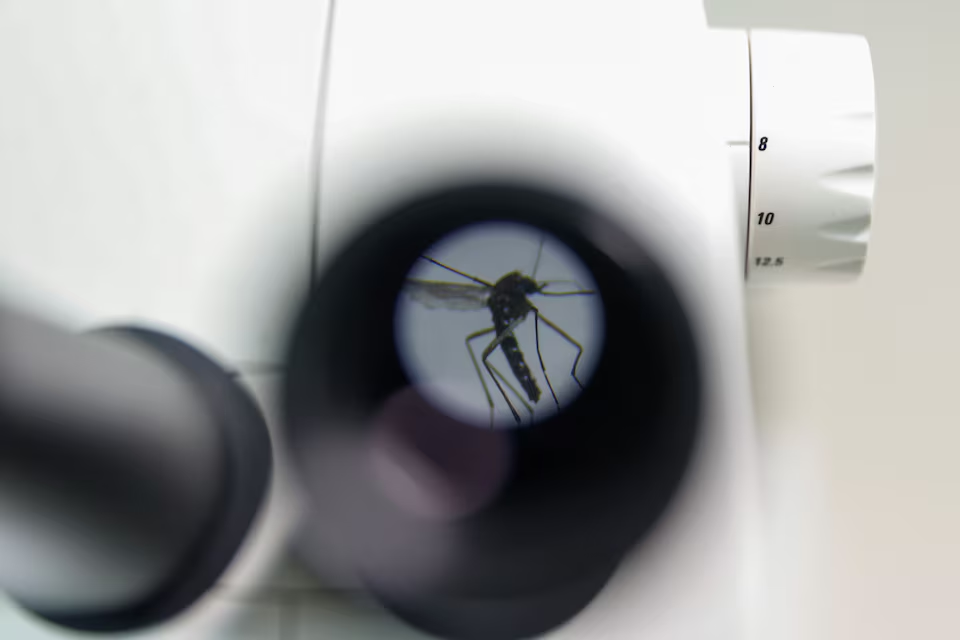A New Hampshire resident has died from Eastern equine encephalitis (EEE), a rare but deadly mosquito-borne brain infection, marking the state’s first known human case in a decade and the first fatality from the disease in the U.S. this year, state health officials announced on Tuesday.
The patient, an adult from Hampstead, New Hampshire, tested positive for the Eastern equine encephalitis virus (EEEV) and was hospitalized with severe central nervous system symptoms before succumbing to the illness, according to the New Hampshire Department of Health and Human Services. This tragic case is the fifth human EEEV infection reported in the U.S. this summer, with the other four cases being nonfatal.
Health officials highlighted the increasing risk of EEEV infections this year in New England, emphasizing the presence of the virus in mosquito populations. “We believe there is an elevated risk for EEEV infections this year in New England given the positive mosquito samples identified,” stated Dr. Benjamin Chan, New Hampshire’s state epidemiologist. “The risk will continue into the fall until there is a hard frost that kills the mosquitoes.”
The last time New Hampshire recorded a human EEEV case was in 2014, when three infections were documented, two of which were fatal. This year, in addition to the recent human case, EEEV has been detected in one horse and seven batches of mosquito samples in New Hampshire. Neighboring states have also reported the presence of the virus: Massachusetts confirmed a human case in Worcester County, the first since 2020, and Vermont detected the virus in 47 mosquito samples.
The Eastern equine encephalitis virus is known to cause flu-like symptoms such as fever, chills, muscle aches, and joint pain, but it can also lead to severe neurological disease, including encephalitis (inflammation of the brain) and meningitis (inflammation of the tissues surrounding the spinal cord). While only about 4% to 5% of infected individuals develop encephalitis, the disease is fatal in approximately one-third of those cases, and many survivors suffer from lifelong physical and mental impairments. There is currently no vaccine or antiviral treatment available for EEEV.
Nationwide, the Centers for Disease Control and Prevention (CDC) reports an average of 11 human cases of EEEV annually. The highest number of cases in a single year was recorded in 2019, with 38 infections. Dr. Amesh Adalja, a senior scholar at the Johns Hopkins Center for Health Security, noted that while EEEV infections are rare, their high lethality draws significant public health attention, especially in New England and some Gulf Coast states where the disease follows cycles of mosquito and bird populations.
As the risk of EEEV continues through the warmer months, health officials are urging residents to take precautions to avoid mosquito bites, particularly during dawn and dusk when mosquito activity is highest. Simple measures such as using insect repellent, wearing long sleeves and pants, and avoiding outdoor activities during peak mosquito hours can reduce the risk of exposure.
As the summer progresses, vigilance remains crucial in preventing further human cases of this dangerous virus.












